|
A
G R I C U L T U R E
Please use our
A-Z to
navigate this site, or return HOME
The
global population
increase is directly linked to demand for food. This puts pressure on land
area that is a finite resource in competition with housing and
factories. Any way you look at it we are heading for a
food shortage that could lead to grain wars as when the Romans
invaded Ancient
Egypt.
The
Russia Ukraine situation has focused us up on fertilizers, now with
a world shortage, and price hikes that will further increase
the cost of a crust of bread, as part of the cost of living
crisis engineered by policies based on continuous growth, irresponsible
borrowing and reliance on fossil
fuels. With the World
Bank, being the reciprocal, irresponsible lenders.
The
Food and Agriculture Organisation of the
United Nations estimates that in coming decades, cropland will continue to be lost to industrial and urban development, along with reclamation of wetlands, and conversion of forest to cultivation, resulting in the loss of biodiversity and increased soil erosion. Many tools will be called upon to offset these projections. In
Europe, one such tool is a geo-spatial data system called SoilConsWeb which is being developed to inform soil conservation minded decision making within agricultural sectors and other areas of land management.
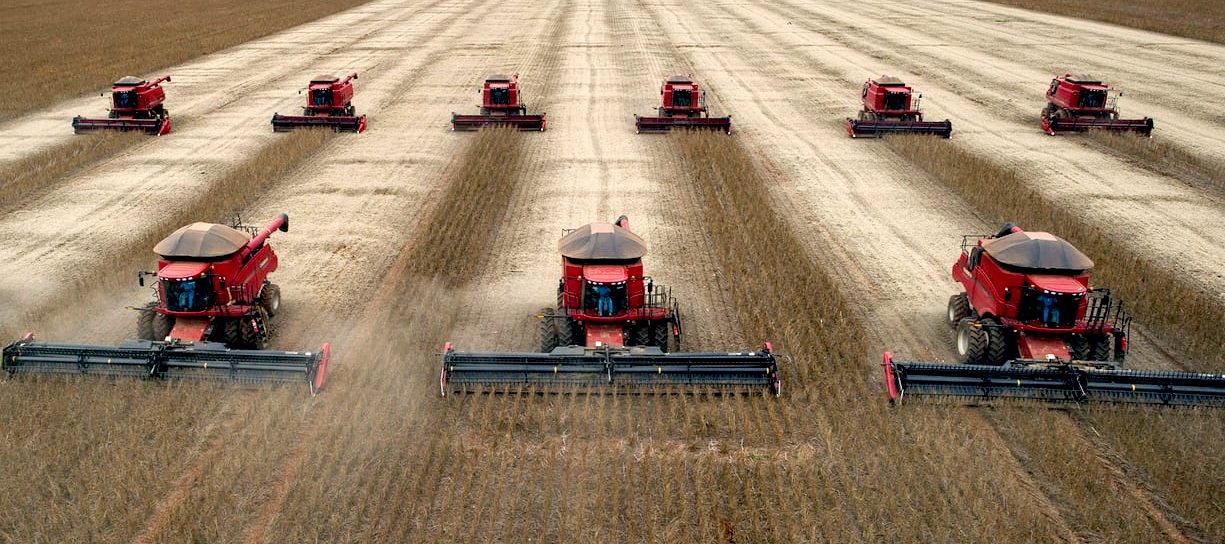
CLOSE
CROP: Combine harvesters crop soybeans in Campo Novo do
Parecis, a former rainforest in Mato Grosso,
Brazil.
Okay, so we love soy source and these high protein beans that
can make a passable meat substitute, but should we condone
lopping down forests to increase global warming and create
more soil erosion?
SOIL
EROSION
Soil erosion is fast becoming one of the world's severe problems. It is estimated that "more than a thousand million tonnes of southern Africa's soil are eroded every year. Experts predict that crop yields will be halved within thirty to fifty years if erosion continues at present rates." Soil erosion is not unique to Africa but is occurring worldwide. The phenomenon is being called peak soil as present large-scale factory farming techniques are jeopardizing humanity's ability to grow food in the present and in the future.
Without efforts to improve soil management practices, the availability of arable soil will become increasingly problematic.
Soil management techniques include no-till farming, keyline design, windbreaks to reduce wind erosion, incorporating organic matter back into fields, reducing chemical fertilizers, and protecting soil from
water run-off.
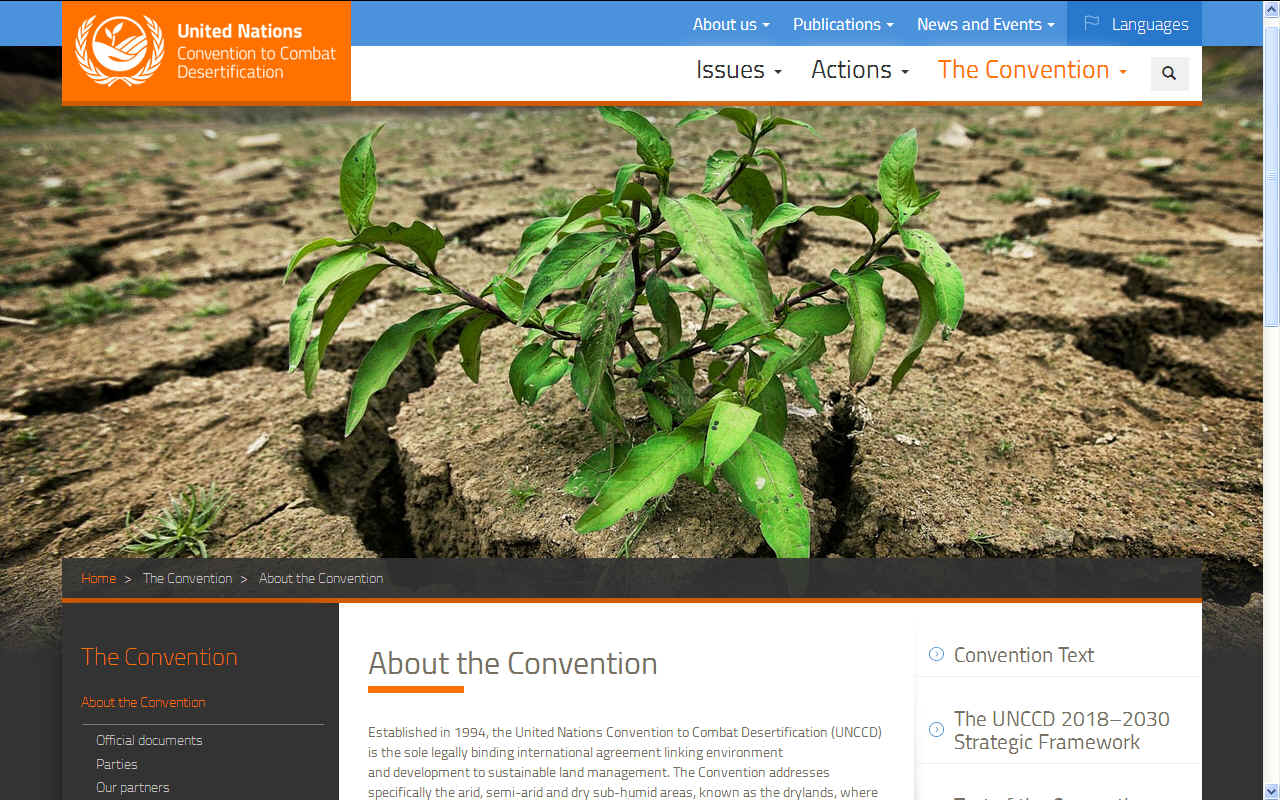
16
JUNE 2019
- “Desertification, land degradation and drought are major
threats affecting millions of people worldwide,” said the UN
chief, “particularly women and children.” Mr. Guterres
said that it is time to “urgently” change such trends,
adding that protecting and restoring land can “reduce forced
migration, improve food security and spur economic growth”,
as well as helping to address the “global climate
emergency”.
PHOSPHATE
Phosphate is a primary component in the chemical fertilizer which is applied in modern agricultural production. However, rock phosphate reserves will be depleted in 50–100 years; peak phosphorus will occur in about 2030. The phenomenon of peak phosphorus is expected to increase food prices as fertilizer costs increase as rock phosphate reserves become more difficult to extract. In the long term, phosphate will therefore have to be recovered and recycled from human and animal waste in order to maintain food production.
FOOD
SECURITY
In light of concerns about food
security, human population growth and dwindling land suitable for agriculture, sustainable intensive farming practises are needed to maintain high crop yields, while maintaining soil health and ecosystem services. The capacity for ecosystem services to be strong enough to allow a reduction in use of synthetic, non renewable inputs whilst maintaining or even boosting yields has been the subject of much debate. Recent work in the globally important irrigated rice production system of east Asia has suggested that - in relation to pest management at least - promoting the ecosystem service of biological control using nectar plants can reduce the need for insecticides by 70% whilst delivering a 5% yield advantage compared with standard practice.
RENEWABLE ENERGY TO FOOD RATIO
Energy is used all the way down the food chain from farm to fork. In industrial agriculture, energy is used in on-farm mechanisation, food processing, storage, and transportation processes. It has therefore been found that
energy prices are closely linked to food prices.
Oil is also used as an input in agricultural chemicals. the International Energy Agency projects higher prices of non-renewable energy resources as a result of fossil fuel resources being depleted. It may therefore decrease global
food security unless action is taken to 'decouple' fossil fuel energy from food production, with a move towards 'energy-smart' agricultural systems including renewable energy. The use of solar powered irrigation in Pakistan has come to be recognized as a leading example of energy use in creating a closed system for water irrigation in agricultural activity.
LAND
USE CHANGE
China needs not less than 120 million hectares of arable land for its food security. China has recently reported a surplus of 15 million hectares. On the other side of the coin, some 4 million hectares of conversion to urban use and 3 million hectares of contaminated land have been reported as well.
A survey found that 2.5% of China's arable land is too contaminated to grow food without
harm. In Europe, the conversion of agricultural soil implied a net loss of potential. But the rapid loss in the area of arable soils appears to be economically meaningless because EU is
not perceived to be dependent on internal food supply anymore. During the period 2000–2006 the European Union lost 0.27% of its cropland and 0.26% of its crop productive potential. The loss of agricultural land during the same time was the highest in the Netherlands, which lost 1.57% of its crop production potential within six years. The figures are quite alarming for Cyprus (0.84%), Ireland (0.77%) and Spain (0.49%) as well. In Italy, in the Emilia-Romagna plain (ERP), the conversion of 15,000 hectare of agricultural soil (period 2003-2008) implied a net loss of 109,000 Mg per year of wheat, which accounts for the calories needed by 14% of ERP population (425,000 people). Such a loss in wheat production is just 0.02% of gross domestic product (GDP) of the Emilia-Romagna region, which is actually a minor effect in financial terms. Additionally, the income from the new land use is often much higher than the one guaranteed by agriculture, as in the case of urbanisation or extraction of raw materials.
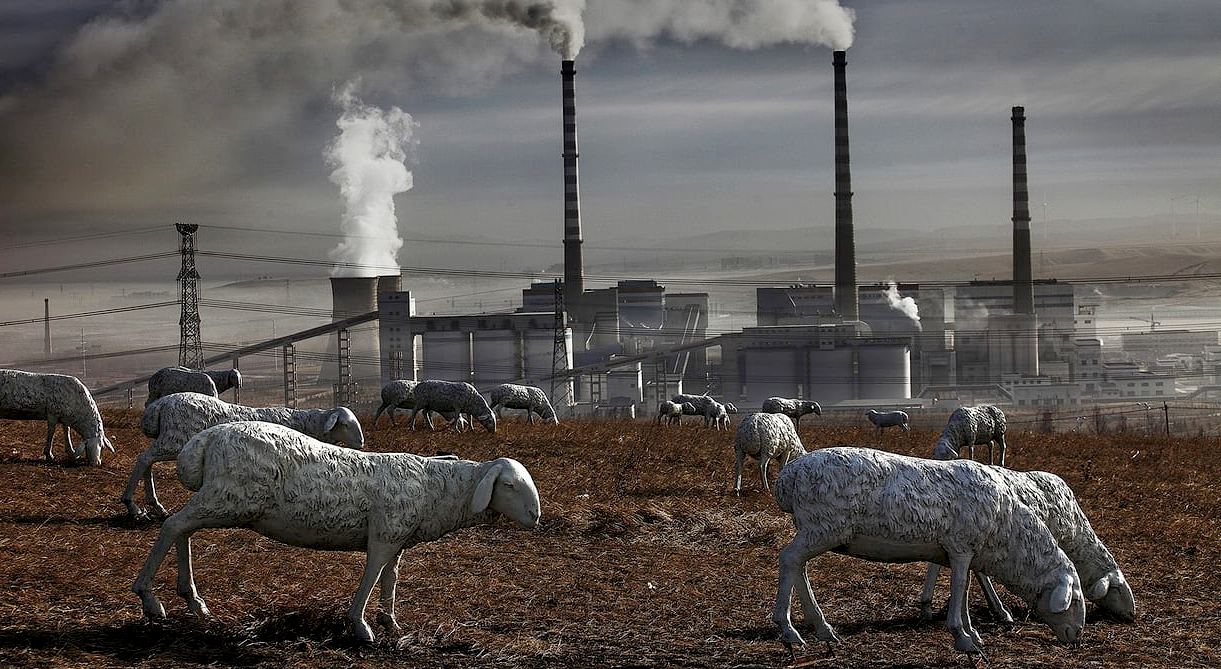
ART:
Locals have installed sheep sculptures to replace real animals in a polluted field in Holingol, Mongolia.
THE
GUARDIAN 24
OCTOBER 2017 - UK 30-40 YEARS AWAY FROM SOIL INFERTILITY
The
UK is 30 to 40 years away from “the fundamental eradication of soil fertility” in parts of the country, the environment secretary Michael Gove has warned.
“We have encouraged a type of farming which has damaged the earth,” Gove told the parliamentary launch of the Sustainable Soils Alliance (SSA). “Countries can withstand coups d’état, wars and conflict, even leaving the EU, but no country can withstand the loss of its soil and fertility.
“If you have heavy machines churning the soil and impacting it, if you drench it in chemicals that improve yields but in the long term undercut the future fertility of that soil, you can increase yields year on year but ultimately you really are cutting the ground away from beneath your own feet. Farmers know that.”
Arguing that farmers needed to be incentivised to tackle both the loss of soil fertility and the decline in biodiversity, Gove said that he hoped the SSA, a new body formed with the mission of bringing UK soils back to health within one generation, would hold the government to account and bring him ideas and inspiration. “We are listening to you now and it’s critical that we do so.”
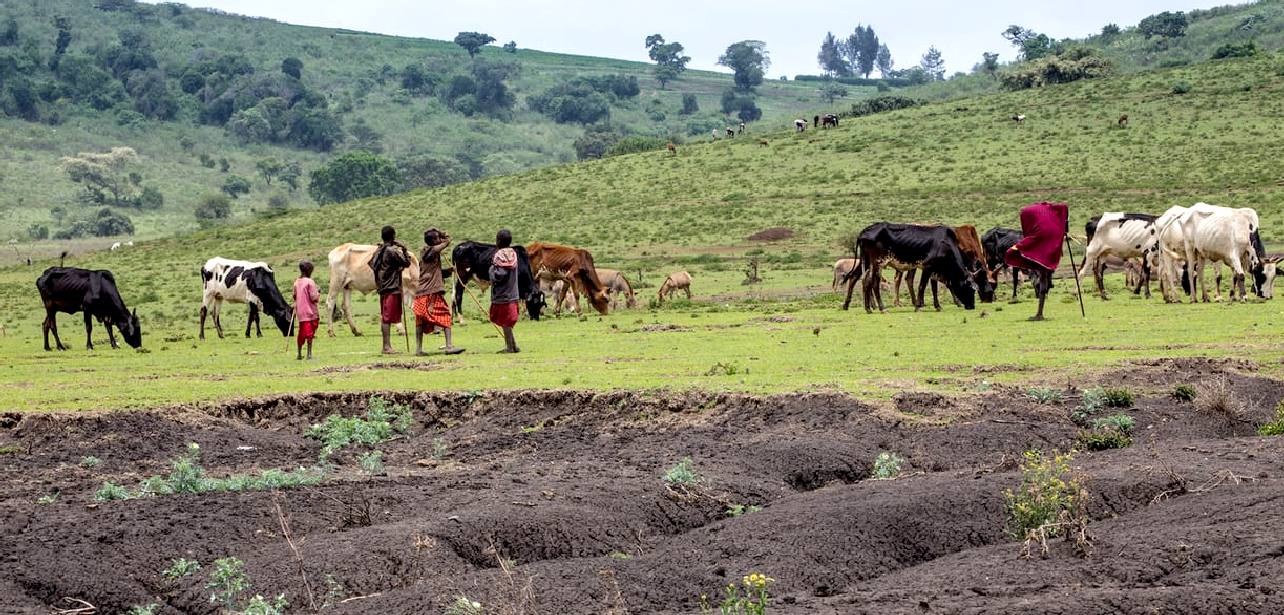
TANZANIA
- A third of the planet’s land is severely degraded and fertile soil is being lost at the rate of 24bn tonnes a year, according to a new United Nations-backed study that calls for a shift away from destructively intensive agriculture.
The alarming decline, which is forecast to continue as demand for food and productive land increases, will add to the risks of conflicts such as those seen in Sudan and Chad unless remedial actions are implemented, warns the institution behind the report.
“As the ready supply of healthy and productive land dries up and the population grows, competition is intensifying for land within countries and globally,” said Monique Barbut, executive secretary of the UN Convention to Combat Desertification (UNCCD) at the launch of the Global Land Outlook.
The JRC noted that decreasing productivity can be observed on 20% of the world’s cropland, 16% of forest land, 19% of grassland, and 27% of rangeland.
“Industrial agriculture is good at feeding populations but it is not sustainable. It’s like an extractive industry, said Louise Baker, external relations head of the UN body. She said the fact that a third of land is now degraded should prompt more urgent action to address the problem.
“It’s quite a scary number when you consider rates of population growth, but this is not the end of the line. If governments make smart choices the situation can improve,” Baker said, noting the positive progress made by countries like Ethiopia, which has rehabilitated 7m hectares (17m acres).
The paper was launched at a meeting of the UNCCD in Ordos, China, where signatory nations are submitting voluntary targets to try to reduce degradation and rehabilitate more land. On Monday, Brazil and India were the latest countries to outline their plan to reach “land degradation neutrality”.
However, the study notes that pressures will continue to grow. In a series of forecasts on land use for 2050, the authors note that sub-Saharan Africa, south Asia, the Middle East and north Africa will face the greatest challenges unless the world sees lower levels of meat consumption, better land regulation and improved farming efficiency.
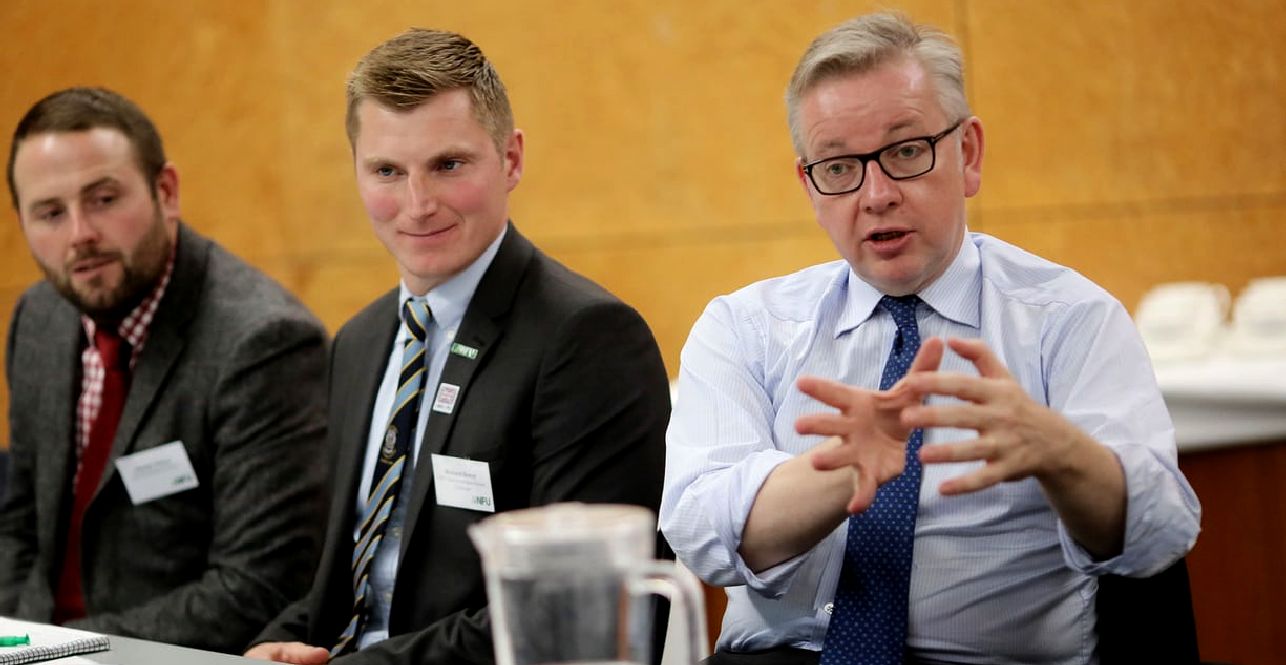
BREAKIT
MINISTER - Gove said he hoped the Sustainable Soils Alliance, a body formed to bring UK soils back to health within a generation, would hold government to account.
But the Government already know about the problem - so what
are they doing about it?
Gove’s speech on Monday afternoon came as UK farmers anxiously wait to see if Brexit will take them out of the EU’s Common Agricultural Policy, and if so, what will take its place. Defra is currently working on a new agricultural bill and is simultaneously drawing up a 25-year environmental plan. Gove promised both would reflect the concerns of the SSA.
There has been a spike in awareness of the impact that intensive farming techniques are having on the world’s soils and its biodiversity. In 2014 Sheffield University researchers said that UK farm soils only had 100 harvests left in them, and a year later a UN spokesperson warned that at current rates of degradation, the world’s topsoil could be gone within 60 years. “It feels as if soil is now a hot topic,” said Helen Browning, head of the Soil Association. Meanwhile a new German study has revealed that numbers of flying insects have fallen by up to three quarters. Intensive farming techniques that encourage the heavy use of fertilisers, herbicides and pesticides are believed to be major factors in these problems.
The UK has a poor record in this area. The government has not been conducting regular soil monitoring since the last Countryside Survey in 2007, and in 2012 UK ministers helped block a critical EU soil health directive. Even a year ago, experts such as Peter Stevenson at Compassion in World Farming felt there was no real appetite for reform of intensive farming.
But environmentalists are now increasingly hopeful that, unlike his predecessors at Defra, Gove will take this issue seriously. In July he said that the UK would not move towards “US-style farming” and would prioritise “high environmental and animal welfare standards”. “There’s been quite a dramatic shift in understanding around what we’re doing to our soils,” said Browning. “Everyone is quite bowled over by some of the comments that Michael Gove is making.”
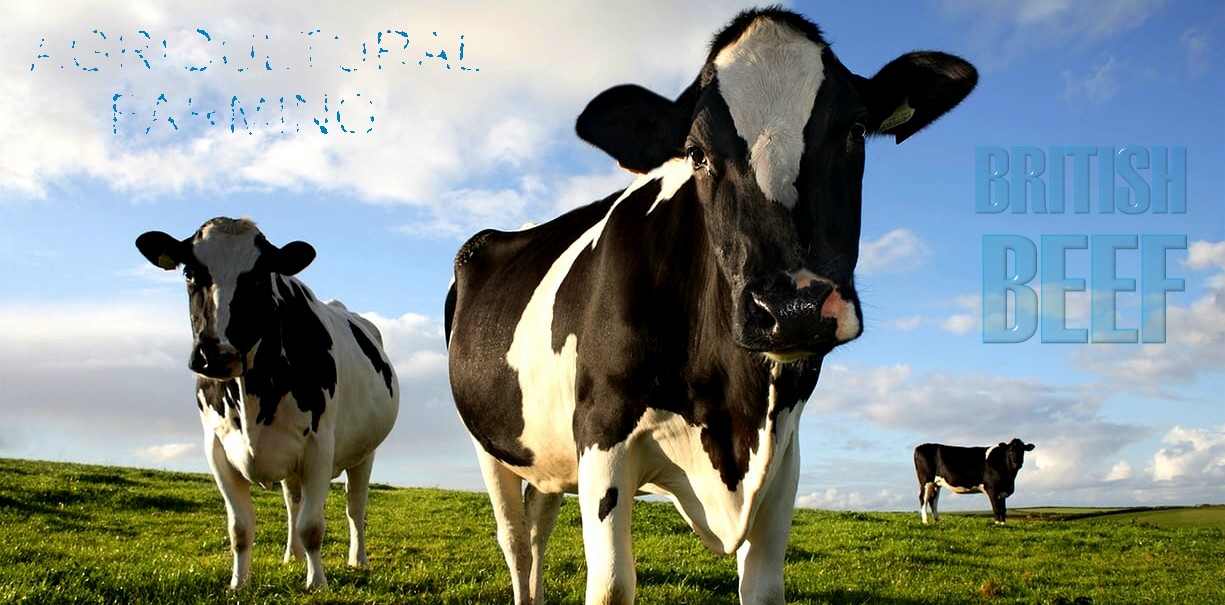
BRITISH
BEEF - If you are a meat eater, and most of us are at some
point in our lives, then you may appreciate the best of
British, especially the Scotch variety. But, as you chew on
your steak, think on how much that meat has cost the
environment.
Gove, as one of the leaders of the leave campaign, has a huge stake in making post-Brexit environment and agriculture policy a success, and key farming organisations appear to be shifting their positions on soil issues. The National Farmers Union, who were present at the event, have long been defenders of intensive farming. But three years ago they set up an environment forum, and yesterday its chair Mark Pope said that he is seeing a surge of interest and support for these issues from NFU members. In a blog published on the NFU website earlier in the week, Pope wrote: “We only get one lot of soil on our farms, so poor management could have major, irreversible impacts for many years to come.”
“There is a groundswell of interest in this, a terrific opportunity,” said Rebecca Pow MP, parliamentary private secretary to Michael Gove. Pow was brought up on a farm and worked as a journalist specialising in the environment, food and farming before becoming an MP in 2015, and she has been an energising force around the issue of soil and sustainable farming in parliament. “I voted remain,” she said yesterday. “But nevertheless, there is an opportunity here that we wouldn’t have had before.”
“The UK used to be the world’s leading agronomic centre, and could be again,” argued Tim Smit, the founder of the Eden Project. He wants to see “a new agricultural revolution”, elevating agronomy – the science of soil and crops – to a better respected profession, and turning the UK back into a world leader in soil and farming expertise.
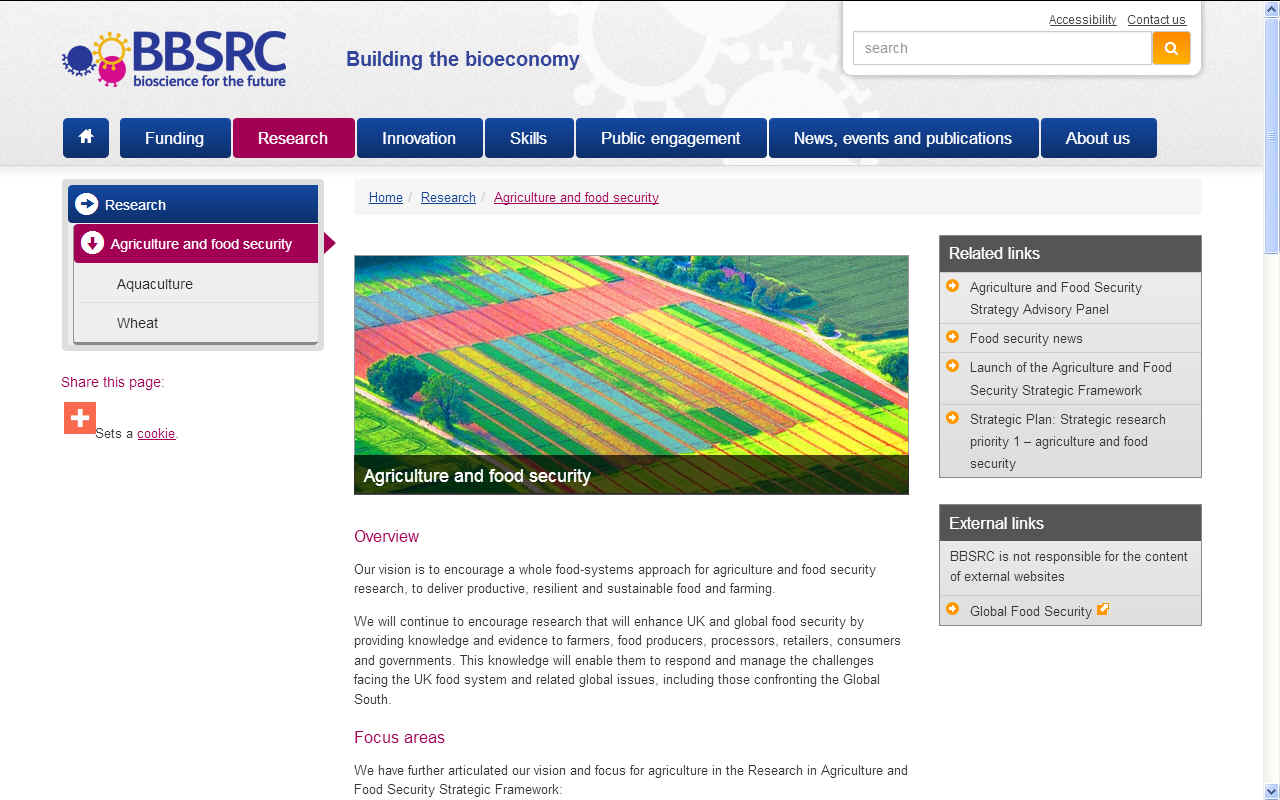
BBSRC ON AGRICULTURE UK PERSPECTIVE
Global demand for food is rising, driven by factors such as population growth, increasing affluence and changing diets. At the same time, there is increasing competition for land and fresh water, putting added pressure on production and the wider environments within which food is produced. Climate change is also increasing the uncertainty of ensuring food supply, for example, through more extreme weather and increased pressure from pests and diseases. The global population is projected to grow from 7.3 billion in 2015 to 9.5 billion in 2050. At least 60% more food production is needed by 2050 to feed the world’s population and this must be in the context of minimising the impacts of agriculture on the environment. There is a need for more sustainable production of a sufficient, safe and nutritious food supply to deliver future food security.
Agriculture and food make a vital contribution to the UK’s prosperity. The agri-food sector employs 3.9 million people and contributes £110 billion Gross Value Added to the UK economy. There are clear opportunities for research to deliver significant improvements to the agri-food system and provide further economic benefit to the UK, through increased productivity, improved quality and safety, and increased trade and exports. Food is a global commodity, and in 2016 the total value of food and drink exports from the UK was over £20 billion.
BBSRC UK DELIVERY
BBSRC has a central role in supporting the research, capability and skills that are needed to address the challenges facing agriculture and food security. We are the UK’s largest public sector funder of AFS research and have invested over £1 billion over the last ten years. In 2015/16 alone the research spend totalled £124.9 million, representing 38% of our overall research investment. Just over half of our AFS research is delivered by strategically-funded institutes through a variety of competitive funding routes. The institutes provide globally-acclaimed critical national capability and expertise, and enable us to invest in long-term, mission-driven strategic research in the AFS area.
BBSRC investments in AFS research also link closely to our other strategic priorities. For example, non-food crops are an important component of Industrial Biotechnology and Bioenergy. Understanding human nutrition, and livestock and zoonotic disease are important components of Bioscience for Health, highlighted in our Bioscience for Health Strategic Research Framework and the BBSRC Research in Food, Nutrition and Health Strategic Framework. Data handling and novel technologies are key components of the cross-cutting Exploiting New Ways of Working enabling theme.
The latest frontier bioscience provides an opportunity to tackle some of the long-term research challenges that have potential to produce a step change in agriculture and food security. we are encouraging a whole food-systems approach to explore these opportunities, building on the UK’s excellent plant, animal, human and microbial sciences research base.
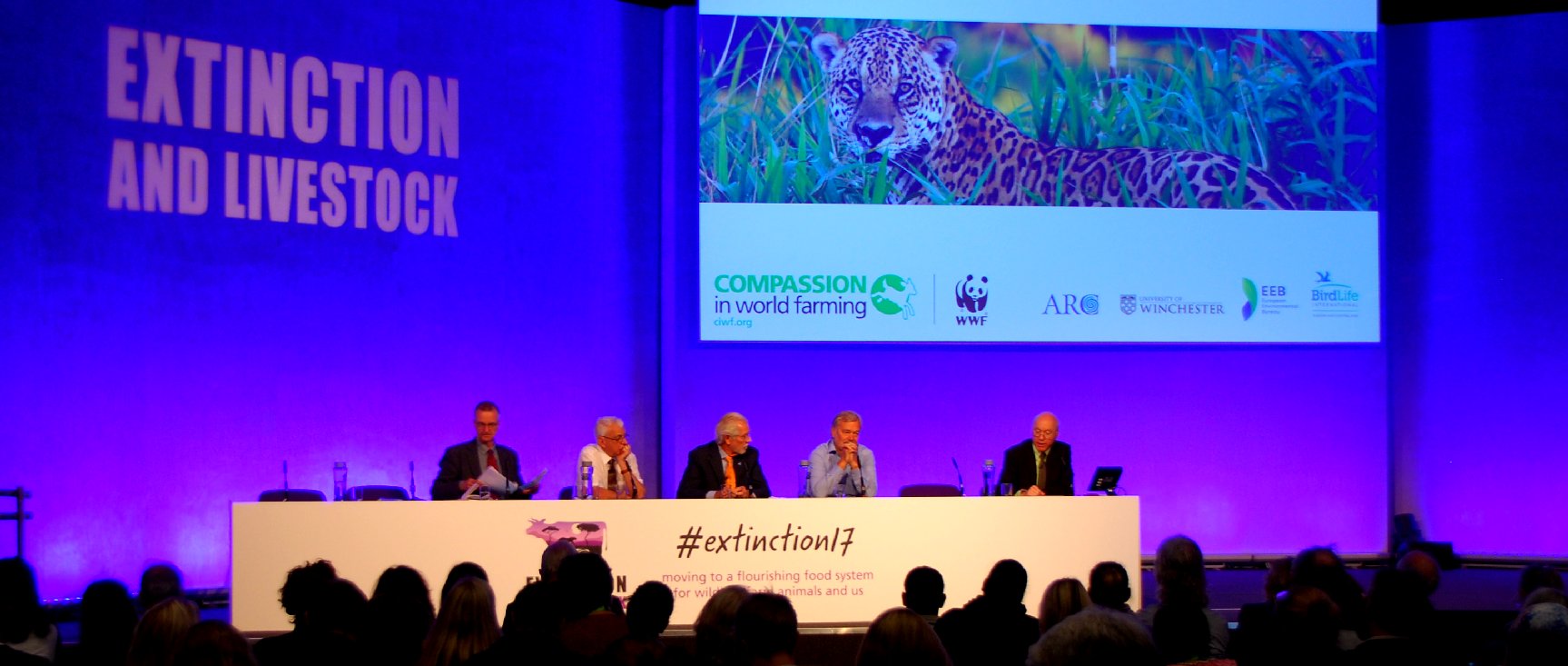
COMPASSION
IN WORLD FARMING: The Extinction & Livestock Conference, organised by CiWF in partnership with World Wildlife Fund (WWF), was the world’s first ever conference to explore the impact of livestock production on animals, people and the
planet. It attracted more than 500 people from 30 different countries who heard from many world leading experts on the environment, conservation, food policy, animal welfare and human health.
The key message to come out of the conference was that in order to safeguard the future of life on Earth we must all eat less and better meat (such as free-range, organic or pasture-fed) as well as more plants.
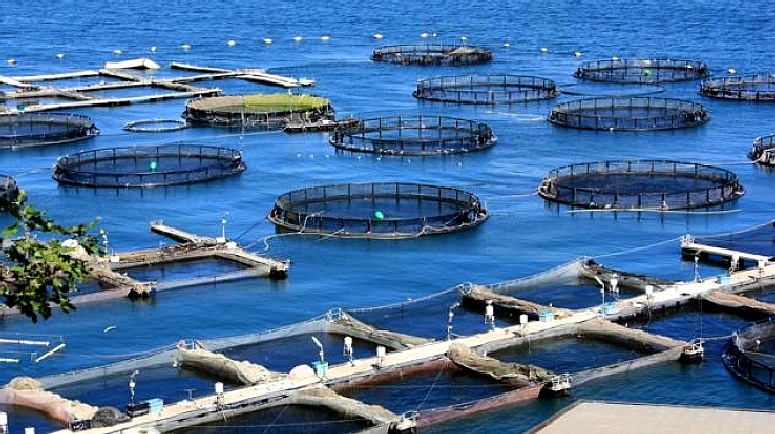
AQUACULTURE
- Fish farming is not an efficient method of producing
protein, but could the use of maggots and other insect derived
feed be produced in sufficient quantity to make up for the
loss of wild fish?
Could this then plug the gap that will be left as land for
agriculture is depleted of its crop growing ability?
DESERTIFICATION
COP HISTORY
|
COP
1:
Rome, Italy, 29 Sept to 10 Oct 1997
|
COP
9:
Buenos Aires, Argentina, 21 Sept to 2 Oct 2009
|
|
COP
2:
Dakar, Senegal, 30 Nov to 11 Dec 1998
|
COP
10:
Changwon, South Korea, 10 to 20 Oct 2011
|
|
COP
3:
Recife, Brazil, 15 to 26 Nov 1999
|
COP
11:
Windhoek, Namibia, 16 to 27 Sept 2013
|
|
COP
4:
Bonn, Germany, 11 to 22 Dec 2000
|
COP
12:
Ankara, Turkey, 12 to 23 Oct 2015
|
|
COP
5:
Geneva, Switzerland, 1 to 12 Oct 2001
|
COP
13:
Ordos City, China, 6 to 16 Sept 2017
|
|
COP
6:
Havana, Cuba, 25 August to 5 Sept 2003
|
COP
14:
New Delhi, India, 2 to 13 Sept 2019
|
|
COP
7:
Nairobi, Kenya, 17 to 28 Oct 2005
|
COP
15:
2020
|
|
COP
8:
Madrid, Spain, 3 to 14 Sept 2007
|
COP
16: 2021
|
LINKS
& REFERENCE
https://www.theguardian.com/environment/2017/sep/12/third-of-earths-soil-acutely-degraded-due-to-agriculture-study
https://www.theguardian.com/environment/2017/oct/24/uk-30-40-years-away-eradication-soil-fertility-warns-michael-gove
https://ec.europa.eu/maritimeaffairs/policy/skills-career-development_en
This
website is provided on a free basis as a public information
service. Copyright © Cleaner
Oceans Foundation Ltd (COFL) (Company No: 4674774)
2022. Solar
Studios, BN271RF, United Kingdom.
COFL
is a charity without share capital.
|







